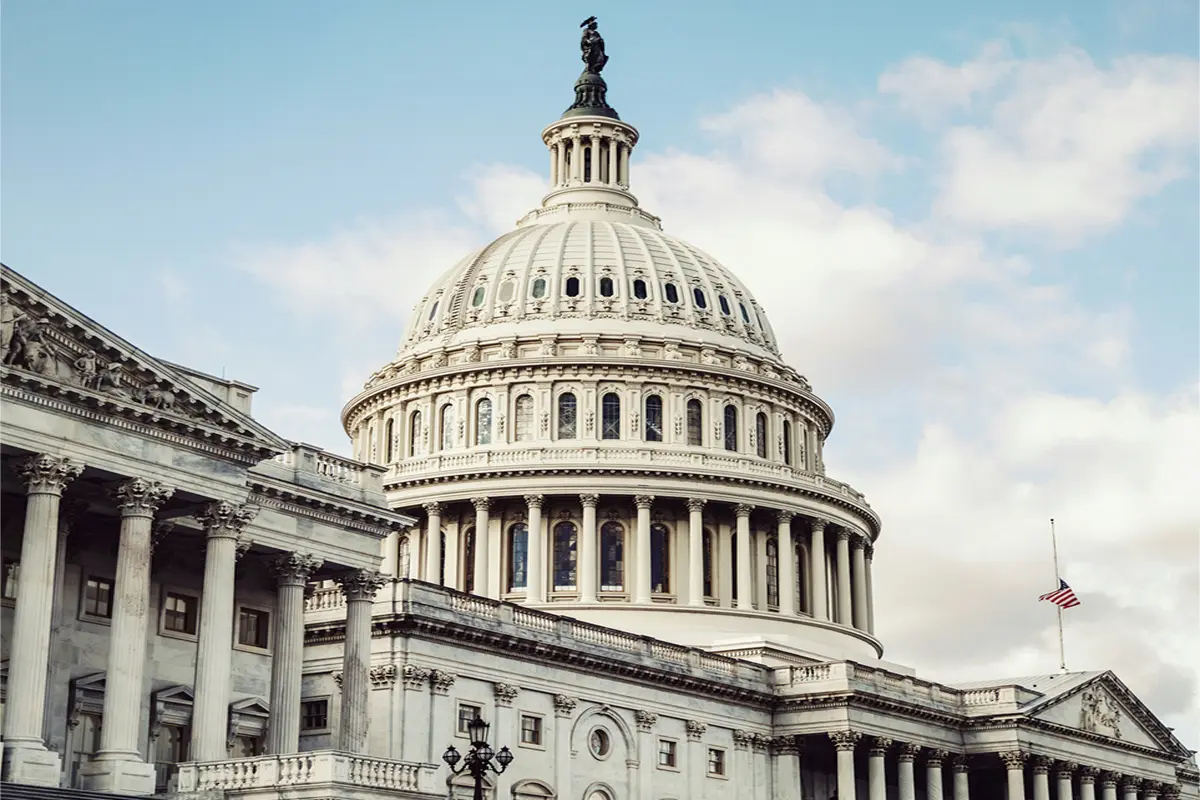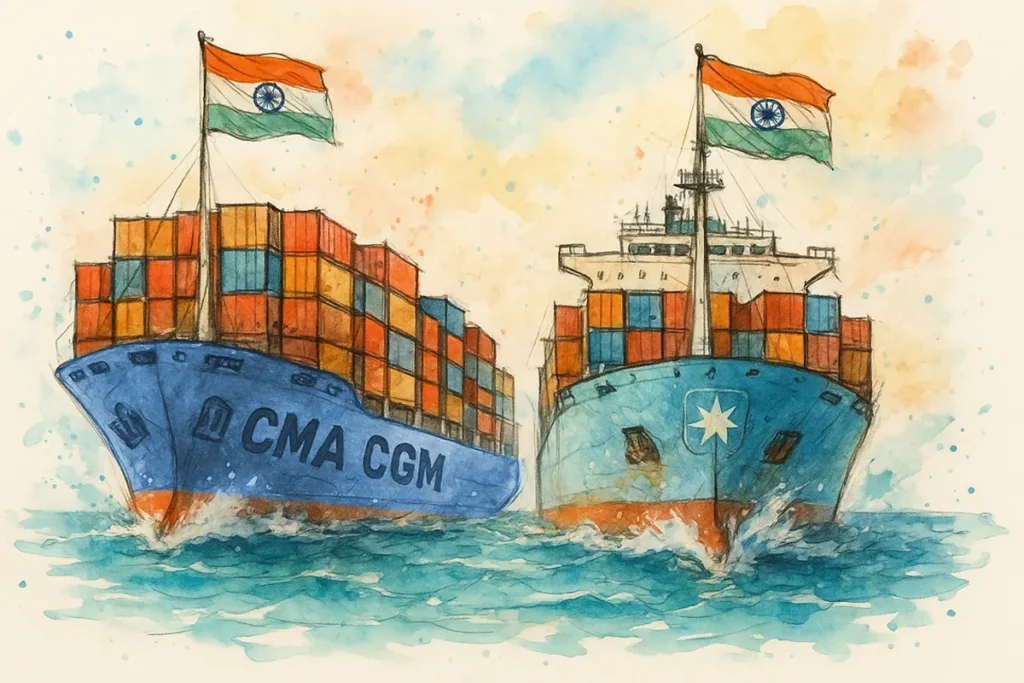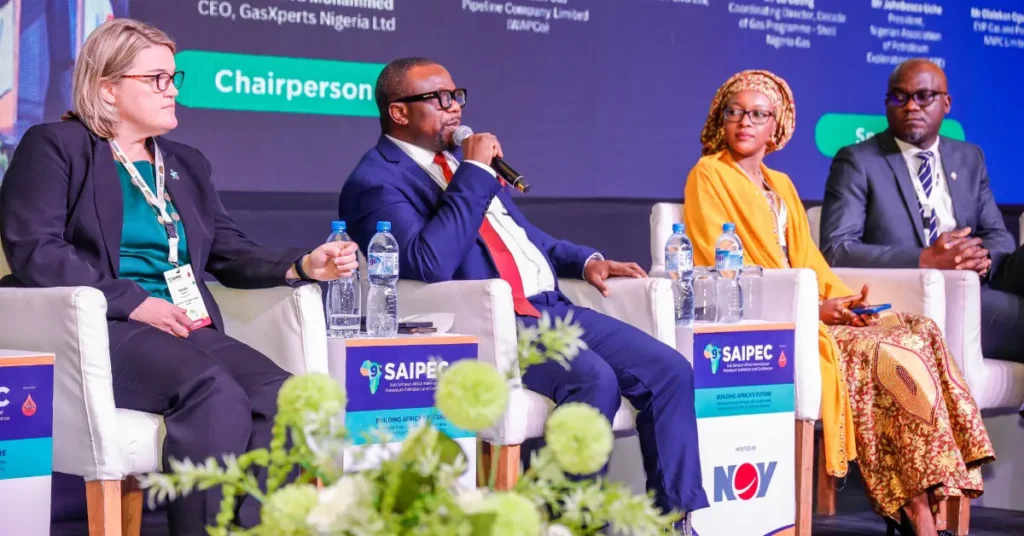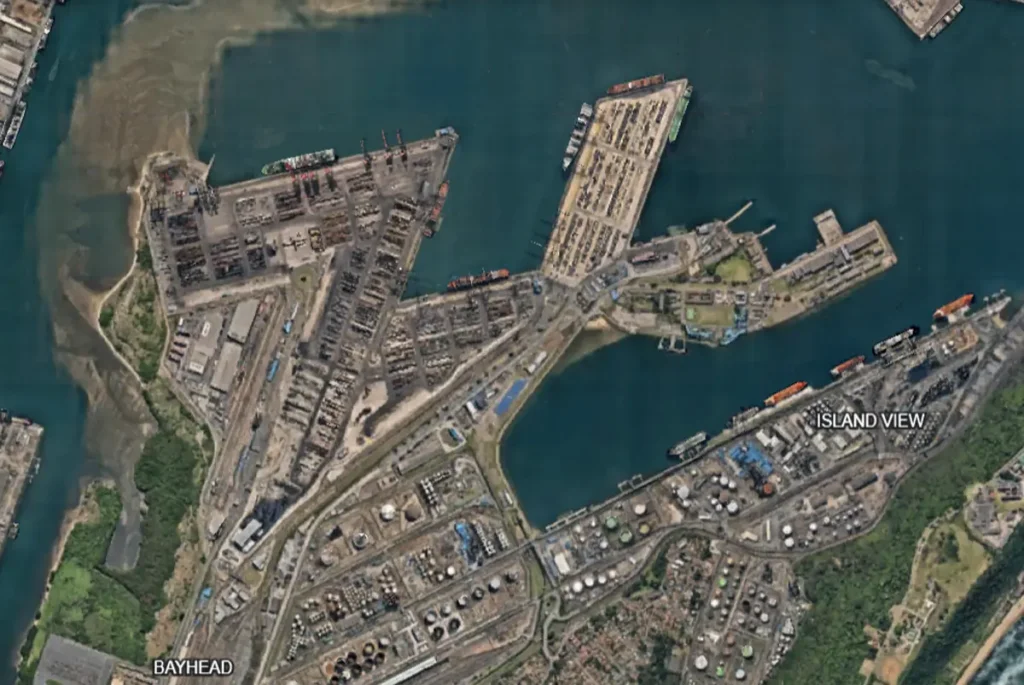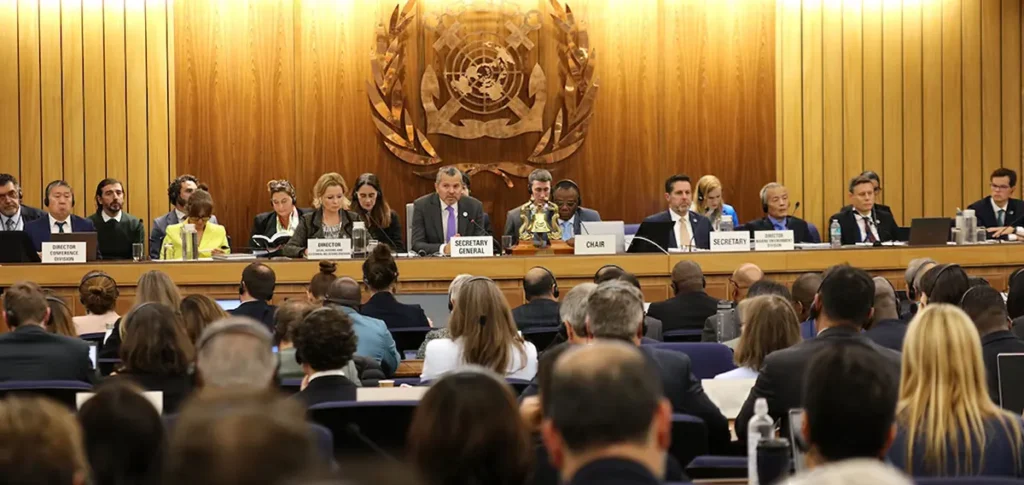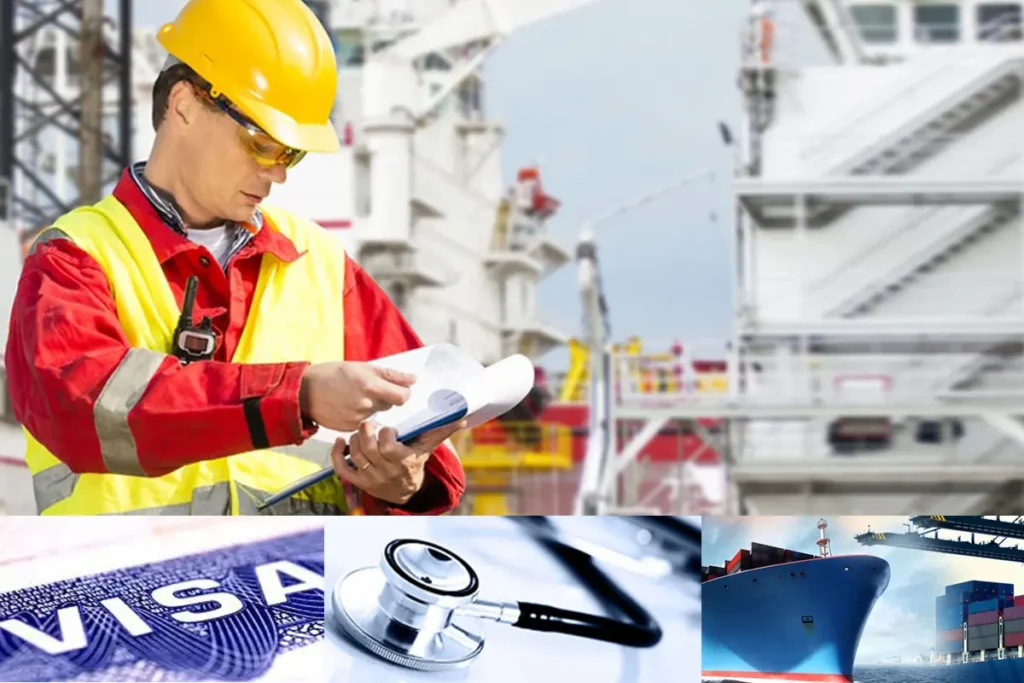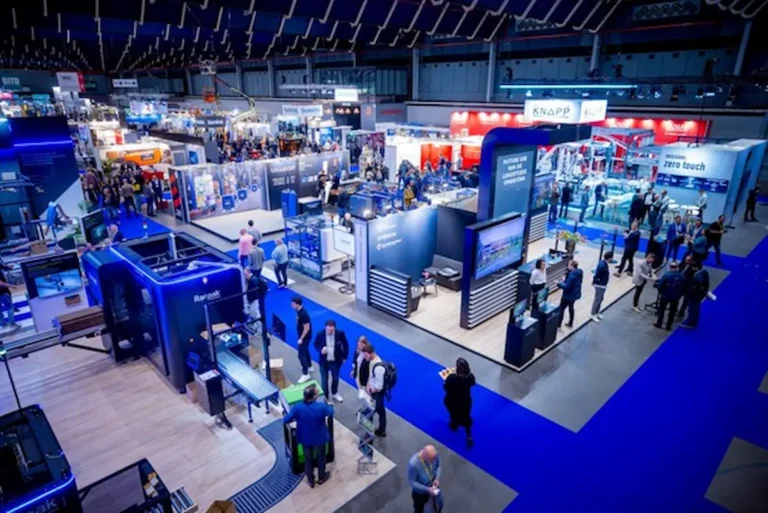USA’s Vision – A future where every DOT-financed shipment sails on American-flagged, American-crewed ships and where US ports are shielded from hidden vulnerabilities in foreign-built equipment
This USA vision came one step closer to reality on June 6, 2025, when the U.S. House of Representatives passed a suite of bills designed to reinforce maritime security and the resilience of the American maritime and shipping industry.
American Cargo for American Ships: H.R. 2035
Previously, at least 50% of DOT-funded cargo had to be shipped on U.S.-flagged commercial vessels.
H.R. 2035, the American Cargo for American Ships Act, elevates that to 100%, provided vessels are available at fair and reasonable rates
The purpose is to strengthen the U.S.-flagged fleet and domestic maritime ecosystem, support national sealift capacity, key for military and disaster-response logistics, and boost jobs and keep revenue flowing into American yards and crews.
A waiver is available if the Secretary of Transportation certifies there are no suitable U.S.‑flagged ships available.
Maritime Security & Port Protection Acts
Alongside H.R. 2035, two other bills that aim directly at hardening U.S. ports were also passed.
- Maritime Supply Chain Security Act (H.R. 2390) channels federal grants to replace port equipment, like cranes, that contain Chinese-origin hardware or software, limiting potential backdoor access
- Secure Our Ports Act (H.R. 252) bans firms tied to China, Russia, North Korea, or Iran from leasing, owning, or operating port facilities covered by MTSA, removing high-risk foreign control
Together, these measures bolster both cyber-physical safety and sovereign ownership of critical infrastructure in the USA.
Why it matters
For the USA, maritime policy is a matter of both commerce and national defence, and by strengthening U.S.-flagged vessels and insulating American ports from hostile foreign technologies, this policy plays a critical role in protecting supply chains and ensuring military readiness.
At a higher level, these acts reinforce strategic sovereignty for the USA in an era of growing concerns over foreign influence; maintaining American oversight of key maritime infrastructure is vital to preserving national autonomy.
What’s next for USA
Looking ahead, the legislative package now moves to the Senate, where the timeline and potential amendments remain uncertain.
However, given the bipartisan support and relatively uncontroversial nature of the bills, there is optimism that the package will pass swiftly. Industry stakeholders—including shipowners, port operators, and logistics managers—should prepare for procedural updates in procurement strategies, contract terms, and fleet utilisation models.
On a global level, ocean carriers and shippers may need to reassess their deployment plans and trade routes, even though some temporary waivers may permit continued use of non-U.S.-flagged tonnage in specific circumstances.. For maritime stakeholders, the message is clear: Prepare for a sea change.

